If you’re responsible for selecting, operating, or maintaining centrifugal pumps, understanding the various components of industrial centrifugal pumps is important to prevent costly downtime and ensure optimal performance.
Whether you’re troubleshooting leaks, addressing vibration issues, or planning maintenance, understanding how components like the impeller, shaft, and seals work together can save time and money. This article breaks down the key components of centrifugal pumps, helping you identify problems more quickly and make informed decisions, so your pumps run smoothly and efficiently every day.
Key Takeaways:
- Each Part Improves Troubleshooting: Knowing how key components like the impeller, casing, shaft, and seals work helps identify issues quickly and avoid costly downtime.
- Proper Maintenance Extends Pump Life: Regular inspection and timely replacement of bearings, seals, wear rings, and shaft sleeves prevent failures and maintain optimal performance.
- Material Choice Affects Durability and Application: Selecting the right materials based on fluid type and operating conditions ensures corrosion resistance, strength, and longer service life.
- Pump Casing Design Influences Efficiency: Choosing between volute and diffuser casings impacts pressure generation, flow stability, and overall pump efficiency.
- Selecting the Right Pump Saves Costs: Matching pump parts and specifications to your industry needs improves reliability, reduces maintenance, and increases operational efficiency.
What is a Centrifugal Pump in an Industrial Setting?
A centrifugal pump is a mechanical device used to move fluids by converting rotational energy into kinetic energy, which is then converted into fluid flow.
It's one of the most commonly used types of pumps in industries like manufacturing, chemical processing, and water treatment because of its efficiency and simple design.
Centrifugal pumps are known for handling large volumes of liquid with relatively low maintenance when properly selected and maintained.
The pump works by using an impeller, a rotating component with vanes, that spins at high speed. As the impeller rotates, it pushes fluid outward through centrifugal force, creating pressure that moves the liquid through the pump and into the piping system. This continuous motion allows for smooth and consistent fluid flow, making it ideal for applications that require steady operation.
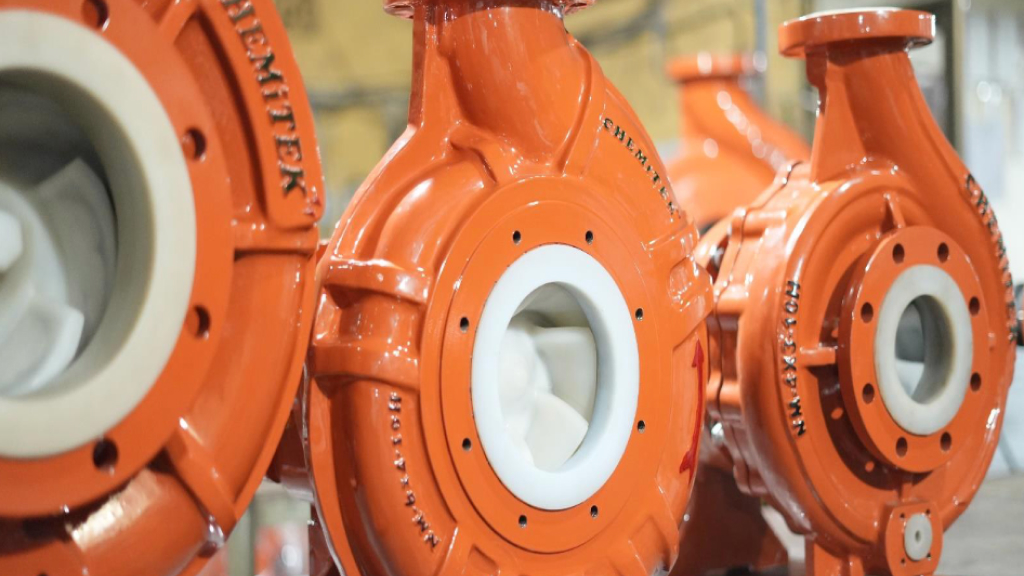
Watch this YouTube video from Sabin Civil Engineering to know more about the working of a centrifugal pump.
Centrifugal Pump Parts and Their Functions
Before you get into troubleshooting or making buying decisions, it’s important to understand how each part of a centrifugal pump contributes to its overall performance.
Even a small component can affect flow, pressure, or reliability. Knowing these parts not only helps you spot wear and tear early, but it also lets you choose the right pump for your application and maintain it correctly.
1. Impeller
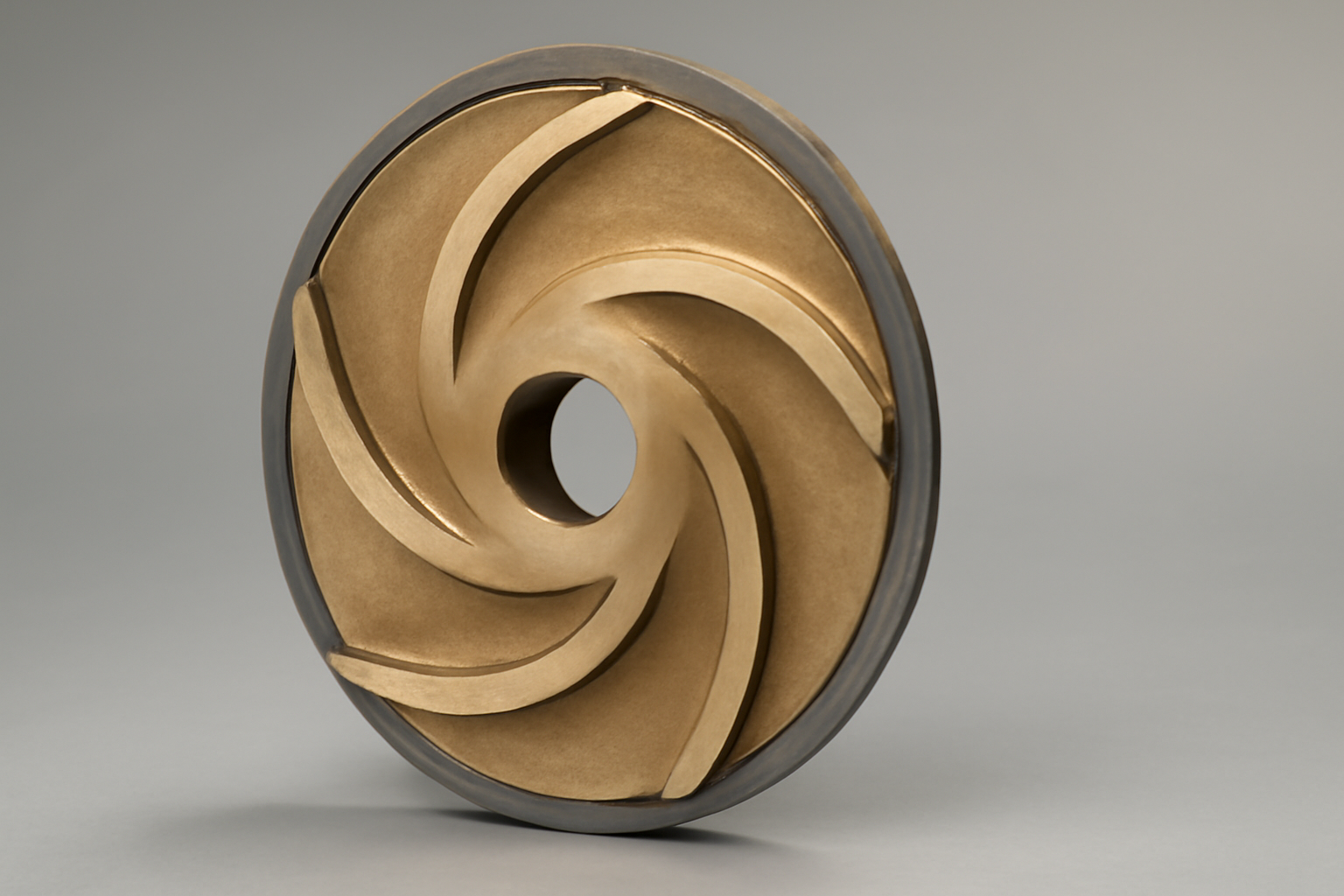
The impeller is the heart of a centrifugal pump. It's the rotating part that transfers energy from the motor to the fluid. As it spins, the impeller pushes fluid outward from the center, utilizing centrifugal force to create the flow and pressure that move the fluid through the pump system.
There are three main types of impellers:
- Closed impellers are fully covered on both sides and are most efficient, but need clean fluids.
- Semi-open impellers have one side open and are better for handling liquids with small solids or higher viscosity.
- Open impellers, which have no side covers, are used for slurries or fluids with large particles, although they’re less efficient.
Selecting the correct impeller type and maintaining it in good condition is crucial for achieving optimal pump performance. A damaged or mismatched impeller can lead to low flow rates, vibration, or even motor overload.
Need spares like impellers or seals? Chemitek supplies all major components for centrifugal pumps. Call us here!
2. Pump Casing (Volute or Diffuser)
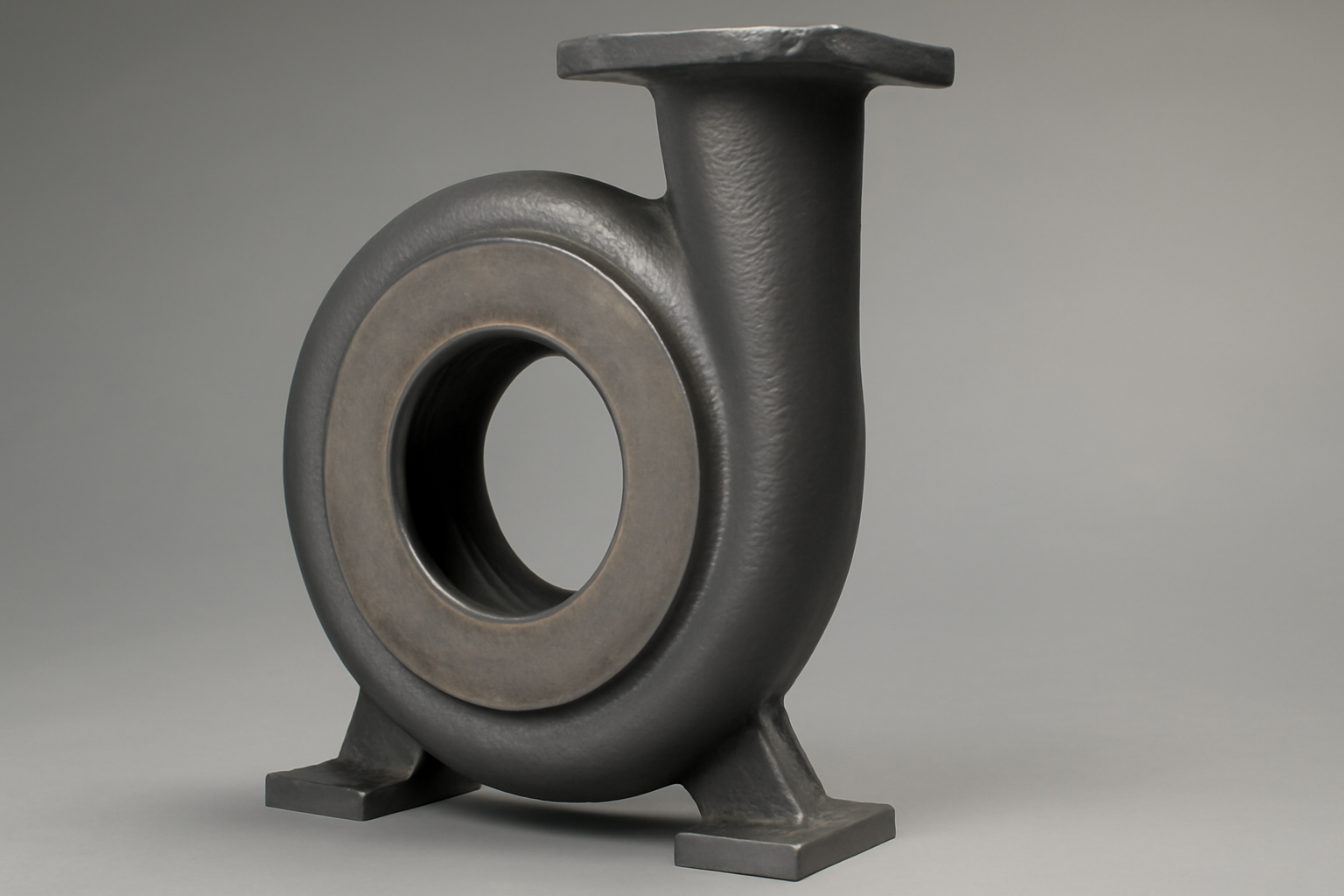
The pump casing acts like the outer shell of the centrifugal pump. It holds everything together and directs the fluid as it leaves the impeller. Its main job is to collect the high-velocity fluid discharged by the impeller and convert that velocity into pressure before the fluid moves into the discharge pipe. In simple terms, the casing turns speed into usable pressure.
There are two common types of casings:
- Volute casings have a spiral-shaped design that gradually increases in area, helping slow down the fluid and build pressure. They're widely used in standard pumping applications.
- Diffuser casings use stationary vanes around the impeller to slow the fluid more gradually and evenly. These are typically found in multistage or high-efficiency pumps.
The choice between a volute and diffuser casing depends on your system’s needs. While both serve the same basic function, diffuser designs generally offer higher efficiency and smoother flow, especially in high-head applications. Poor casing design or damage can lead to energy loss, uneven pressure distribution, or mechanical stress on the pump.
That’s why understanding the type of casing and its condition is critical for maintaining pressure and efficiency in your system.
3. Shaft
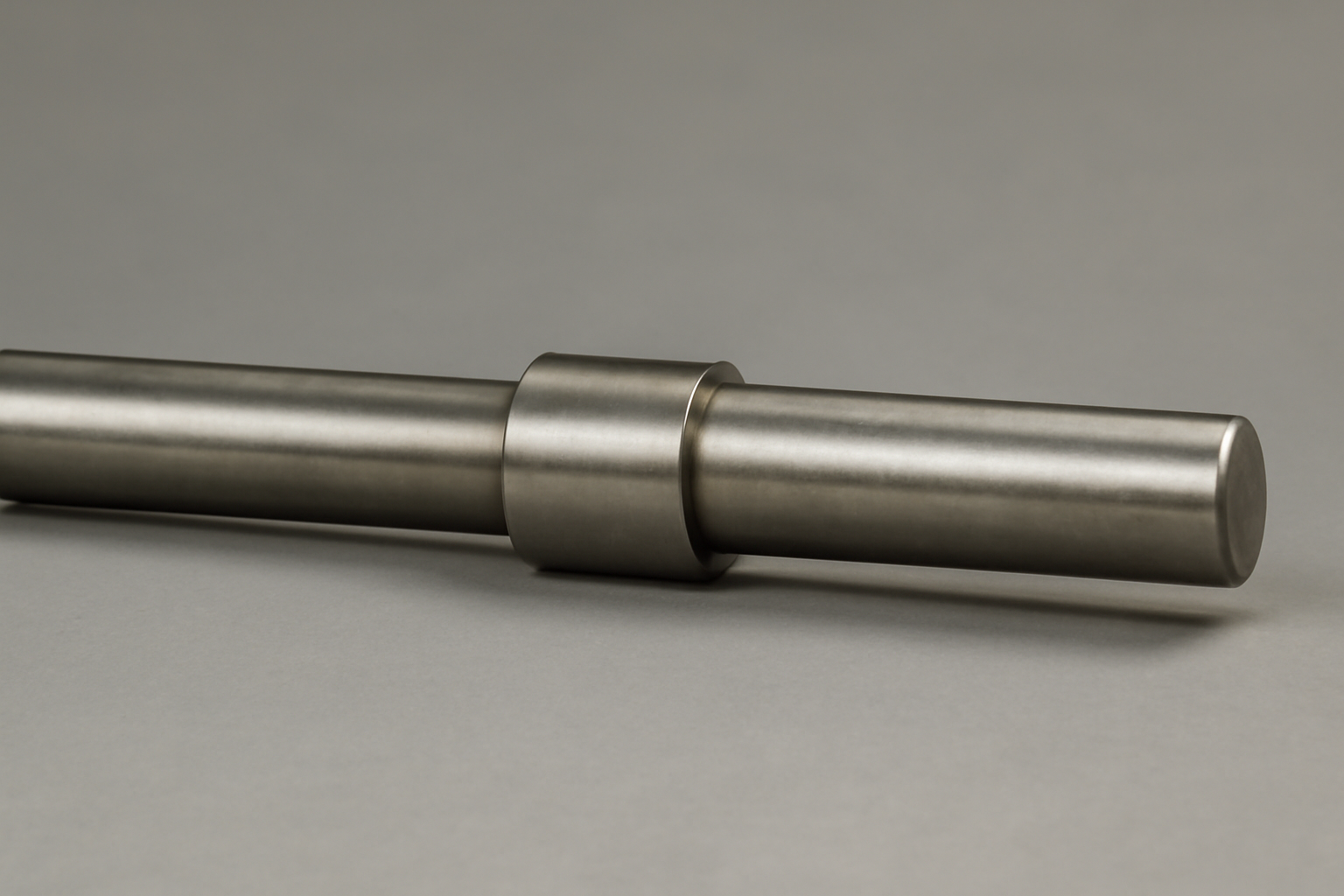
The shaft connects the motor to the impeller, transferring the rotational energy required to move the fluid. While it may seem like a simple metal rod, the shaft plays a major role in aligning and supporting the rotating components of the pump.
A well-designed shaft must be strong enough to handle the torque from the motor without bending or vibrating. At the same time, it must be precisely aligned to avoid excessive wear on other components, such as bearings, seals, and the impeller itself.
Most pump shafts are made from stainless steel or other corrosion-resistant materials, depending on the type of fluid being handled. Any misalignment, cracks, or surface damage can lead to imbalance, seal failure, or even complete breakdown of the pump.
Understanding the role of the shaft helps you recognize early signs of trouble, such as unusual noise or vibration, and prevent major issues before they occur. Regular inspection and correct installation are key to keeping the shaft (and the entire pump) running smoothly.
4. Bearings

Bearings are components that support the pump shaft, allowing it to rotate smoothly with minimal friction. They’re small compared to other parts, but they carry a big load—literally. Bearings handle both radial and axial forces as the shaft spins, keeping everything aligned and balanced.
There are various types of bearings used in centrifugal pumps, including ball bearings and roller bearings, which depend on the design and application.
- Ball Bearings: These use small balls to reduce friction and support both radial (side-to-side) and axial (thrust) loads. They're commonly used because they’re compact, cost-effective, and suitable for many general-purpose pumps.
- Roller Bearings: Instead of balls, these use cylindrical rollers. They handle higher radial loads better than ball bearings but aren’t ideal for axial loads. Used where the pump needs to support heavy side loads.
- Thrust Bearings: Specifically designed to handle axial loads (in the direction of the shaft). Often combined with ball or roller bearings in pumps where axial pressure is significant.
- Angular Contact Ball Bearings: These are a variation of ball bearings that can handle both radial and higher axial loads in one direction. They’re useful in high-speed applications where both load types are present.
No matter the type, their job is the same: to reduce wear on the shaft and prevent wobbling or vibration during operation.
If bearings start to wear out or fail, you’ll often hear unusual noises, feel excessive heat, or notice increased vibration. Ignoring these signs can lead to more significant problems, such as misalignment, seal failure, or motor damage.
Proper lubrication, clean operating conditions, and routine checks can significantly extend bearing life. Simply put, bearings keep the motion in check, and if they go, so does the pump’s reliability. That’s why they deserve close attention during both installation and regular maintenance.
Looking for individual parts? Get genuine Chemitek spares delivered fast. Locate us here!
5. Shaft Sleeve
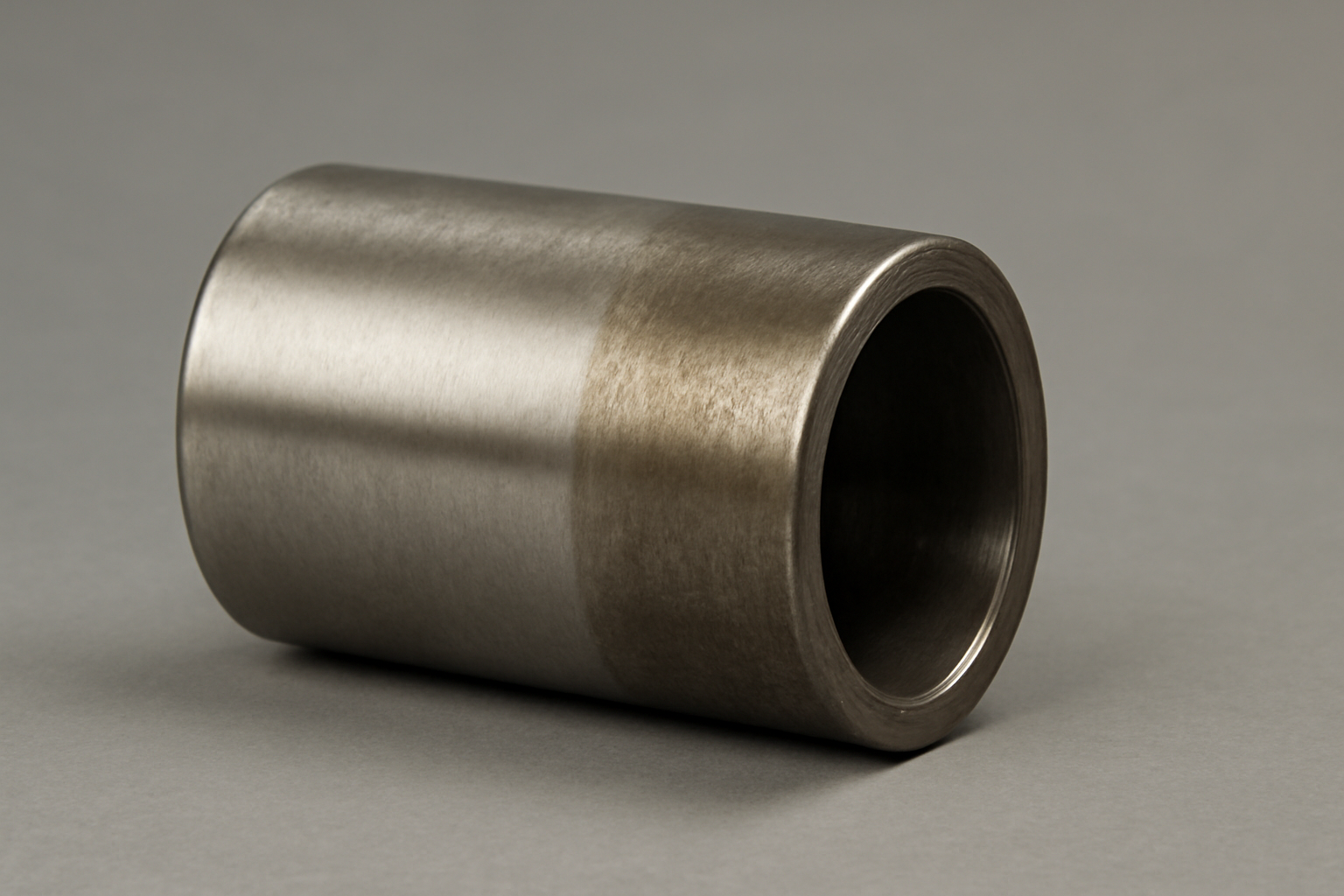
The shaft sleeve is a protective cylindrical cover that fits over the pump shaft, usually in the area where the shaft passes through the seal or packing. Its primary purpose is to protect the shaft from wear, corrosion, and leakage damage, especially in places where friction or contact with the pumped fluid is constant.
Shaft sleeves are typically made from hard, corrosion-resistant materials, such as stainless steel or coated alloys. Because they're easier and cheaper to replace than the shaft itself, they act like a sacrificial layer. When wear occurs, you can simply replace the sleeve without pulling out or machining the shaft.
Ignoring a damaged or worn-out shaft sleeve can lead to direct shaft damage, seal failure, or unplanned downtime. That’s why regular inspection of this part, especially during seal or packing maintenance, is important for extending the life of your pump and avoiding costlier repairs.
6. Mechanical Seals / Packing
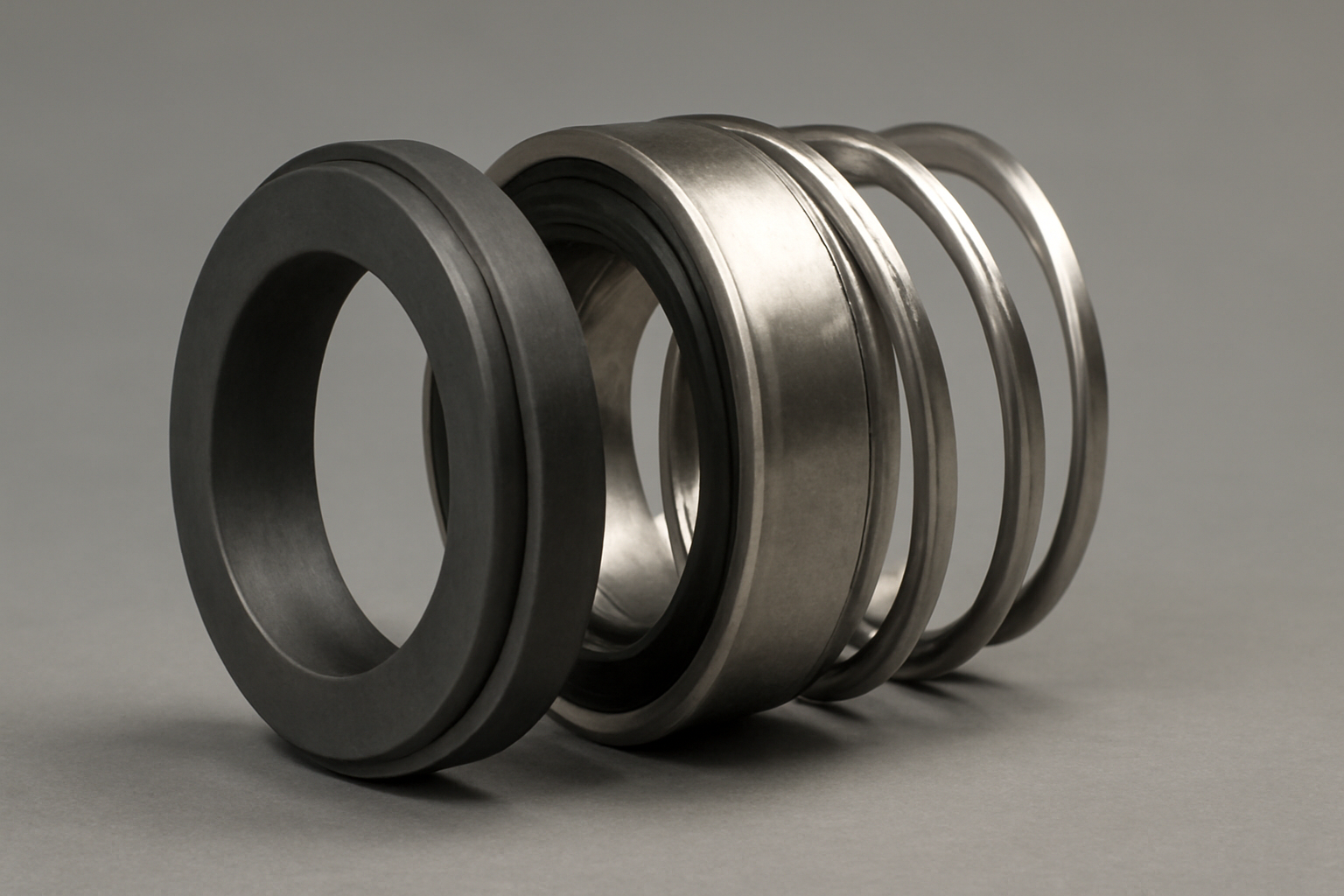
Mechanical seals and packing are used to prevent fluid from leaking where the pump shaft passes through the casing. This area, called the seal chamber or stuffing box, is under pressure, and without a proper sealing method, leakage is inevitable.
- Packing is the older method. It involves rings of braided material (like PTFE or graphite) tightly packed around the shaft. While it’s simple and cost-effective, it needs regular adjustment and can wear down the shaft sleeve over time.
- Mechanical seals are more modern and efficient. They consist of two flat surfaces, one stationary, one rotating, that press against each other to keep fluid in. They offer better sealing, reduce maintenance needs, and minimize leakage, especially in high-pressure or hazardous fluid applications.
Choosing between the two depends on your system’s requirements. Packing might work fine for water or low-cost applications. But for aggressive fluids, higher pressures, or where downtime is expensive, mechanical seals are the better choice.
Keeping your sealing system in good condition prevents leaks, protects the shaft, and ensures the pump operates safely and efficiently. It's one of the first things to check when dealing with fluid loss or pressure drop.
7. Stuffing Box
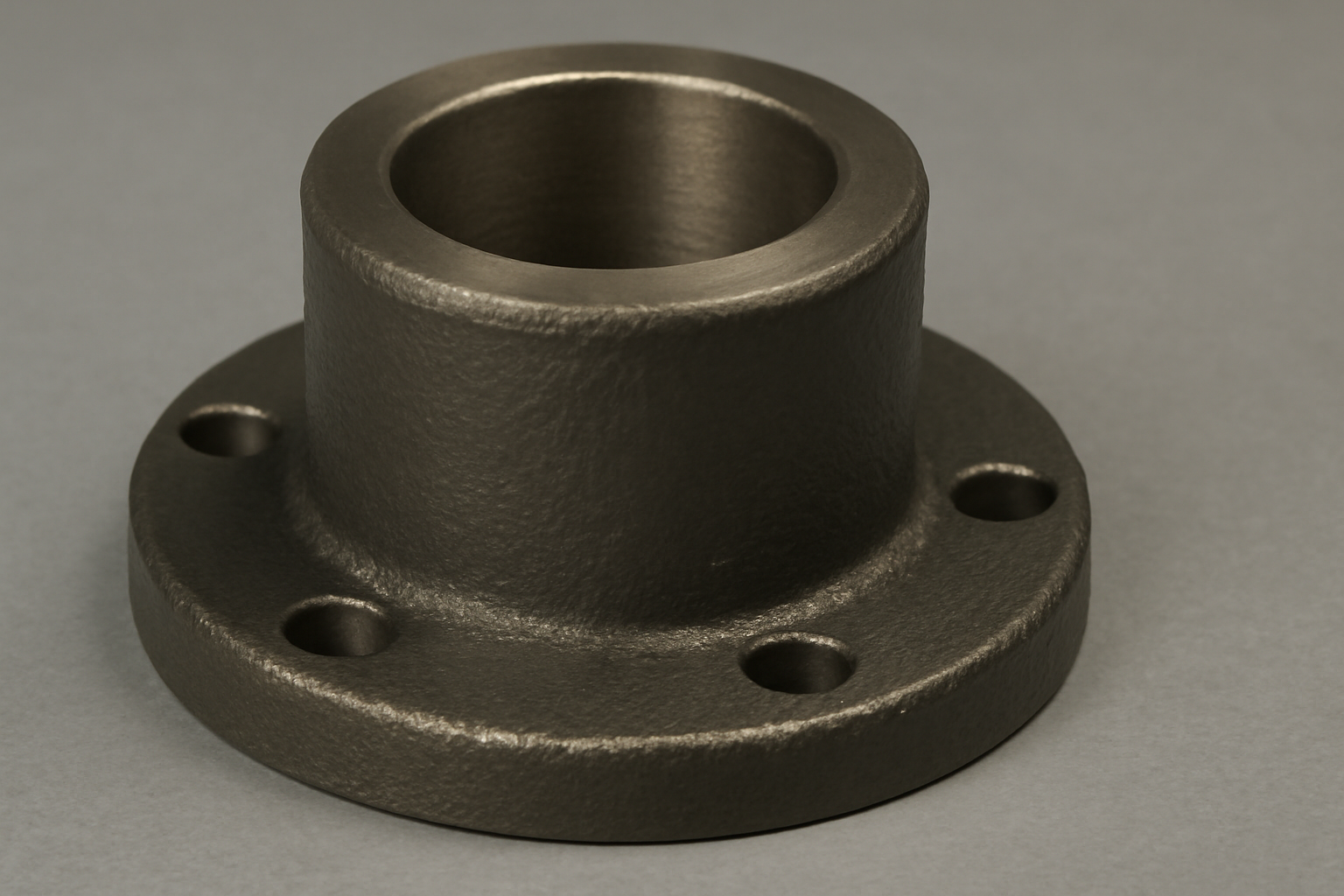
The stuffing box is the chamber in a centrifugal pump where the sealing system, either packing or a mechanical seal, is housed. It surrounds the shaft and acts as a barrier to prevent pumped fluid from leaking out along the shaft.
In pumps that use packing, the stuffing box holds the rings tightly in place and allows for adjustments through a gland follower to control leakage. In setups with mechanical seals, the stuffing box may be modified or replaced with a seal chamber designed to fit the seal.
A properly designed and maintained stuffing box reduces leakage, minimizes wear on the shaft sleeve, and ensures safe, efficient operation. If neglected, it can become a primary source of fluid loss, overheating, or even pump failure.
8. Wear Rings
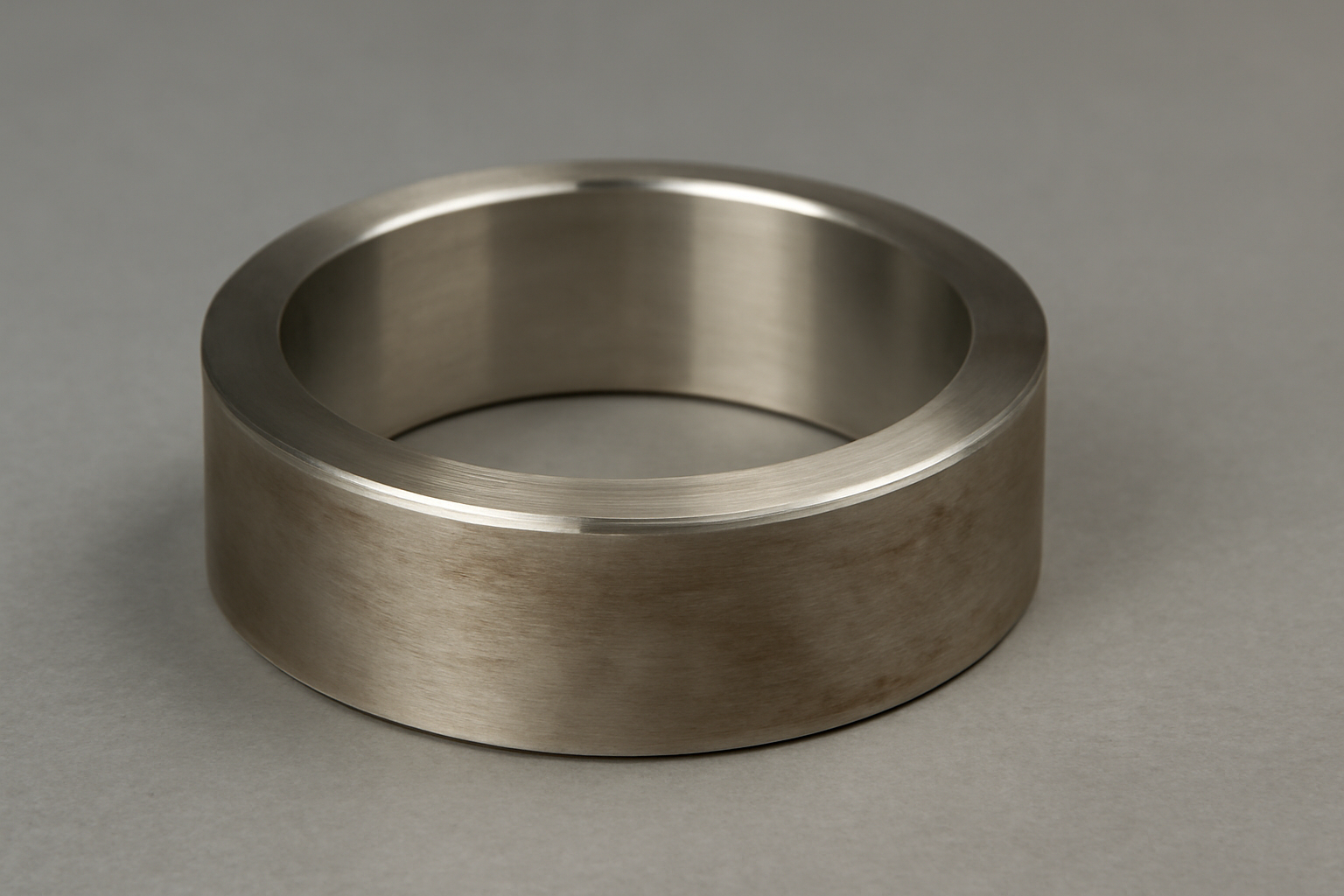
Wear rings are replaceable rings fitted between the impeller and the pump casing. Their primary function is to prevent fluid leakage from the high-pressure side to the low-pressure side within the pump. This helps maintain efficiency by preventing fluid from flowing backward around the impeller.
Because wear rings take the brunt of the contact and friction, they protect more expensive parts like the impeller and casing from damage. Over time, these rings wear down due to constant rubbing and pressure, but they’re much easier and cheaper to replace than the impeller or casing.
If the wear rings are worn out or damaged, you’ll notice a drop in pump performance, such as lower flow and pressure, because more fluid is leaking inside the pump. Regular inspection and timely replacement of wear rings help keep your pump running efficiently and extend its overall life.
In short, wear rings act like a shield inside the pump, saving you from costly repairs while maintaining smooth operation.
9. Lantern Ring
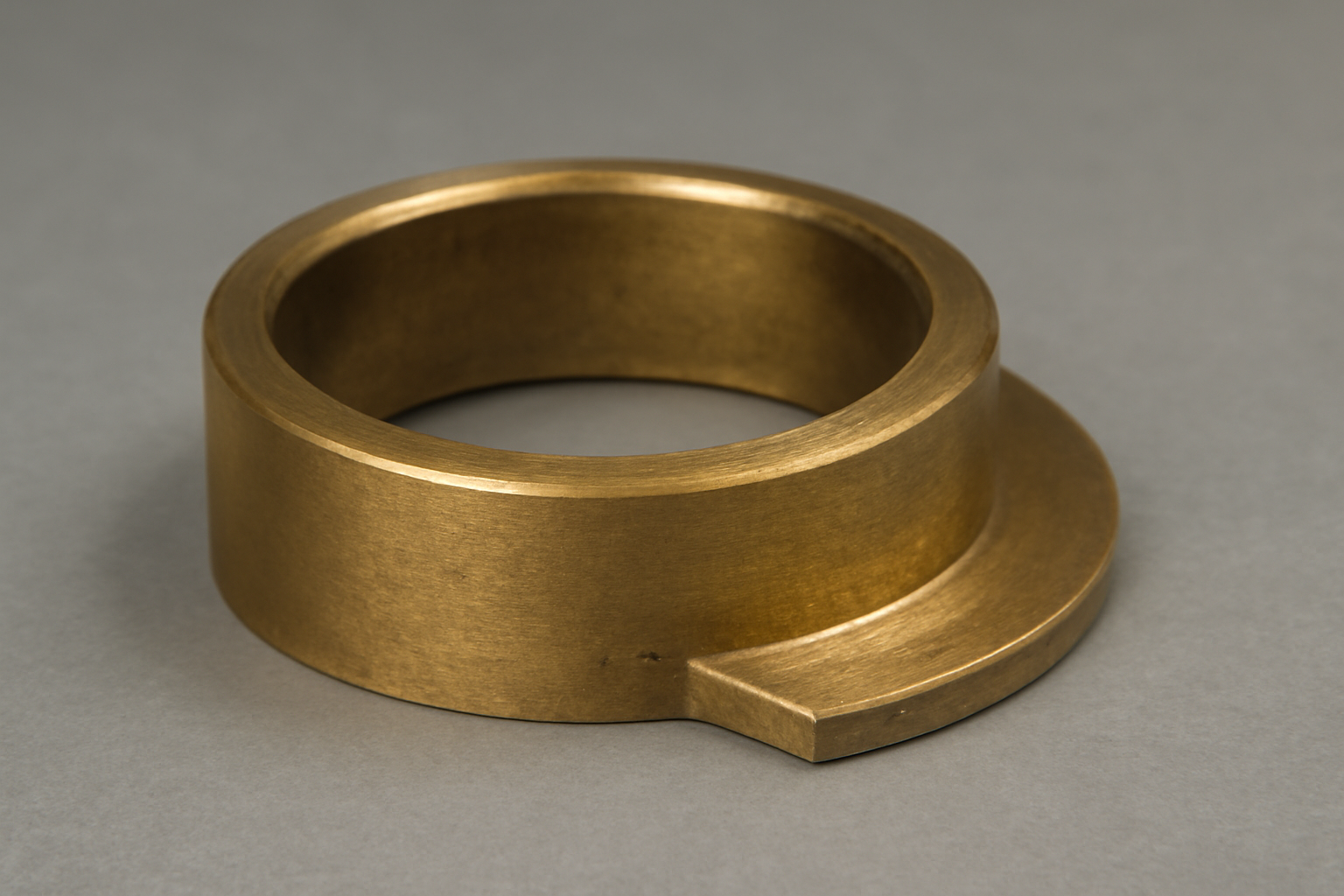
The lantern ring is a small but important component located inside the stuffing box, positioned between the packing rings. Its main purpose is to allow flushing or cooling fluid to flow around the shaft seal area. This helps reduce heat and wear caused by friction between the shaft and packing.
By providing lubrication and cooling, the lantern ring extends the life of the packing and prevents premature seal failure. It also helps wash away any particles that could damage the sealing surfaces.
Not all pumps utilize a lantern ring, but when handling high-pressure or high-temperature fluids, it becomes essential. Without proper flushing, the packing can overheat, dry out, and cause leaks or shaft damage.
Understanding the role of the lantern ring helps you ensure your pump’s sealing system stays cool and well-lubricated, improving reliability and reducing maintenance costs.
10. Additional Centrifugal Pump Parts to Know

Besides the main parts, centrifugal pumps include additional components like the coupling, seal chamber, volute tongue, and backplate. These support alignment, sealing, and fluid flow, helping the pump run smoothly and last longer.
- Coupling: The coupling connects the pump shaft to the motor shaft, transmitting power while accommodating slight misalignments. A good coupling prevents vibration and protects both the pump and motor from damage.
- Seal Chamber: The seal chamber is the space that contains mechanical seals or packing inside the pump casing. It ensures proper sealing by providing the right environment for seals to operate effectively.
- Volute Tongue: The volute tongue is a critical part of the pump casing that directs the fluid smoothly from the impeller into the volute chamber. Its shape affects flow efficiency and can influence noise and vibration levels.
- Backplate: Found in some pump designs, the backplate supports the impeller and sealing system from behind. It also helps distribute pressure evenly inside the pump casing for improved stability.
From shafts to backplates, Chemitek has your pump spare needs covered. Find us here!
Common Materials Used for Centrifugal Pump Parts
The materials used to manufacture pump parts help in determining how well the pump performs and its longevity. Different applications require different materials, depending on factors such as the type of fluid being pumped, temperature, pressure, and potential corrosion.
- Impellers are often made from stainless steel, bronze, or cast iron, as these materials are chosen for their strength and resistance to corrosion and wear.
- Pump casings commonly use cast iron or stainless steel to withstand pressure and corrosive fluids.
- Shafts typically use stainless steel or alloy steel for durability and corrosion resistance.
- Bearings usually have hardened steel or ceramic components to handle friction and load.
- Seals, sleeves, and wear rings might use specialized alloys or coatings to reduce wear and prevent corrosion.
Selecting the right material for each component is crucial to prevent premature failure and minimize maintenance expenses. It also ensures safe, efficient operation, especially when handling aggressive or abrasive fluids.
How Proper Maintenance of Pump Parts Enhances Performance
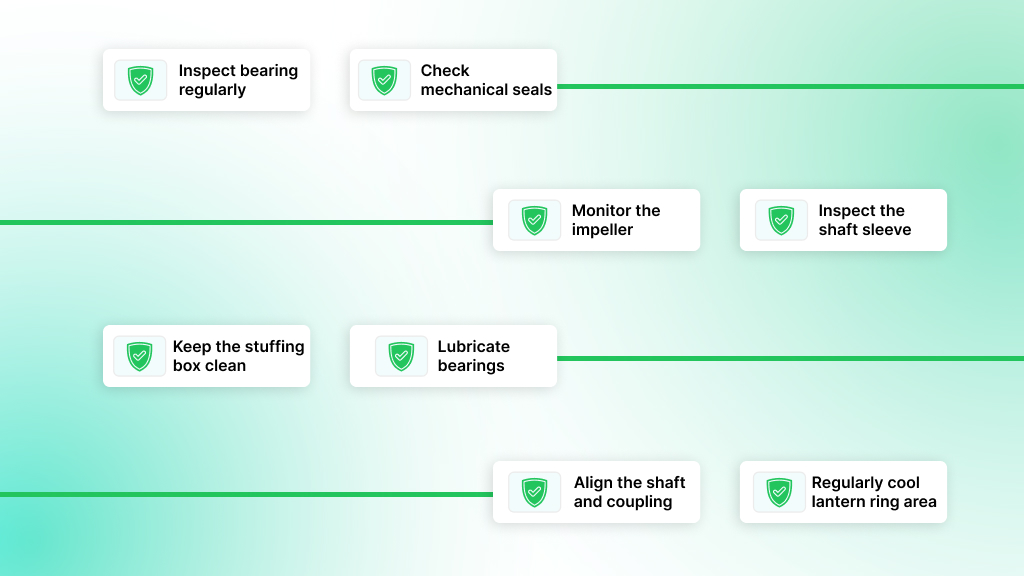
Pumps that are not properly maintained can quickly develop issues such as leaks, vibration, reduced flow, or even complete failure, leading to costly downtime and repairs. Here are some essential maintenance tips to keep your pump parts in good shape:
- Inspect bearings regularly for signs of noise, heat, or vibration, as these may indicate that they need lubrication or replacement.
- Check mechanical seals and packing for leaks or wear to avoid fluid loss and shaft damage.
- Monitor the impeller and wear rings for erosion, cracks, or build-up that can reduce efficiency.
- Inspect the shaft sleeve for signs of abrasion or corrosion, and replace it if it is worn.
- Keep the stuffing box clean and ensure proper adjustment to maintain a good seal.
- Lubricate bearings and moving parts as per manufacturer recommendations to reduce friction and wear.
- Align the shaft and coupling correctly to prevent undue stress on components.
- Regularly flush or cool the lantern ring area (if applicable) to prevent overheating of seals or packing.
Preventive maintenance saves money in the long run and improves overall system reliability, something every pump operator and maintenance professional should prioritize.
Chemitek: Precision in Pumping Solutions

Chemitek Process Equipments Pvt. Ltd., established in 2009, specializes in manufacturing high-performance centrifugal pumps tailored for diverse industrial applications. Our product range includes both metallic and non-metallic pumps, engineered to handle aggressive, corrosive, and toxic fluids with precision and reliability.
Our metallic pumps are designed to meet ANSI/ASME B73.1 standards, offering versatility in sizes, capacities, and material options to suit various process fluid applications. The non-metallic pumps feature robust designs prioritizing efficiency, using genuine materials that enhance performance.
At Chemitek, we use advanced CAD/CAM technologies and adhere to stringent quality management systems to deliver pumps that ensure safety, efficiency, and longevity in operations. Whether it’s for chemical processing, pharmaceuticals, or wastewater treatment, our pumps are engineered to meet the highest standards of performance and reliability.
FAQs
1. What are the main components of a centrifugal pump?
A centrifugal pump consists of several essential parts that work together to move fluid efficiently. The impeller is the rotating component that imparts energy to the fluid. The pump casing houses the impeller and directs the fluid flow, while the shaft transfers mechanical power from the motor to the impeller. Bearings support the shaft, reducing friction during rotation. Seals or packing prevent fluid leakage along the shaft, and wear rings help minimize internal leakage between the impeller and casing, maintaining efficiency. Other components like the lantern ring and stuffing box also play important supporting roles.
2. How can I tell if centrifugal pump parts are wearing out?
Signs of wear in centrifugal pump parts often include unusual noise or vibration, fluid leaks, or a drop in pump performance, such as reduced flow or pressure. For example, worn bearings may cause rattling or overheating, while damaged mechanical seals often lead to fluid leakage around the shaft. Impeller wear may show as erosion or damage to the blades. Regular inspection helps catch these problems early before they lead to more serious failures.
3. What materials are commonly used to make centrifugal pump parts?
The materials used in pump parts vary depending on the application and fluid type. Stainless steel is popular for its corrosion resistance and strength, making it ideal for handling aggressive or corrosive fluids. Cast iron is a common choice for general-purpose pumps due to its durability and cost-effectiveness. Bronze is often used in marine applications for its resistance to saltwater corrosion. Specialized materials like ceramics can be found in bearings where wear resistance is critical. Choosing the right material is essential for pump longevity and reliability.
4. How does the design of the pump casing affect its performance?
The pump casing plays a crucial role in converting the fluid’s velocity, generated by the impeller, into pressure energy. A volute casing, with its spiral shape, gradually slows the fluid and increases pressure before directing it to the outlet. Diffuser casings use stationary vanes to reduce fluid velocity more evenly, improving efficiency especially in high-pressure applications. Selecting the correct casing design impacts pump efficiency, noise levels, and overall operational stability.
5. Are centrifugal pumps suitable for pumping viscous fluids?
Centrifugal pumps generally struggle with highly viscous fluids because increased fluid thickness causes higher friction losses and lowers flow rates. This can also lead to problems like cavitation, where vapor bubbles form and damage the pump. For thick or heavy fluids, positive displacement pumps are often recommended instead, as they handle viscosity more effectively by moving fixed volumes of fluid regardless of thickness.
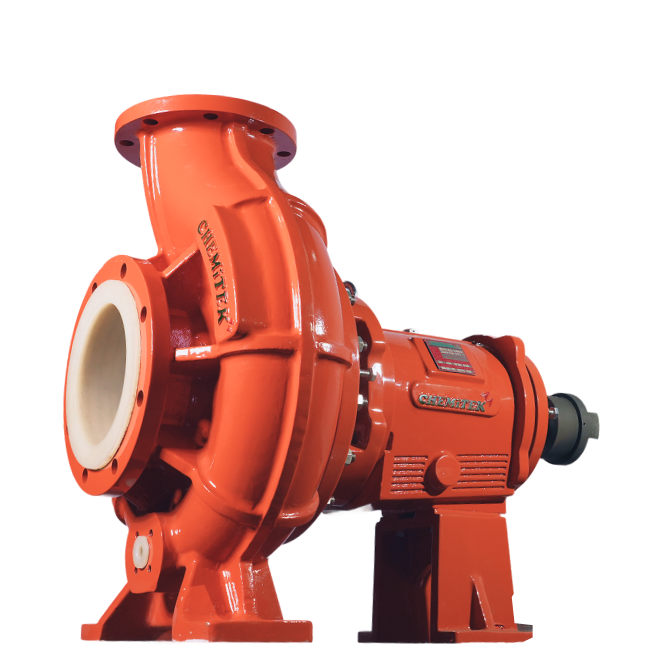
Latest posts
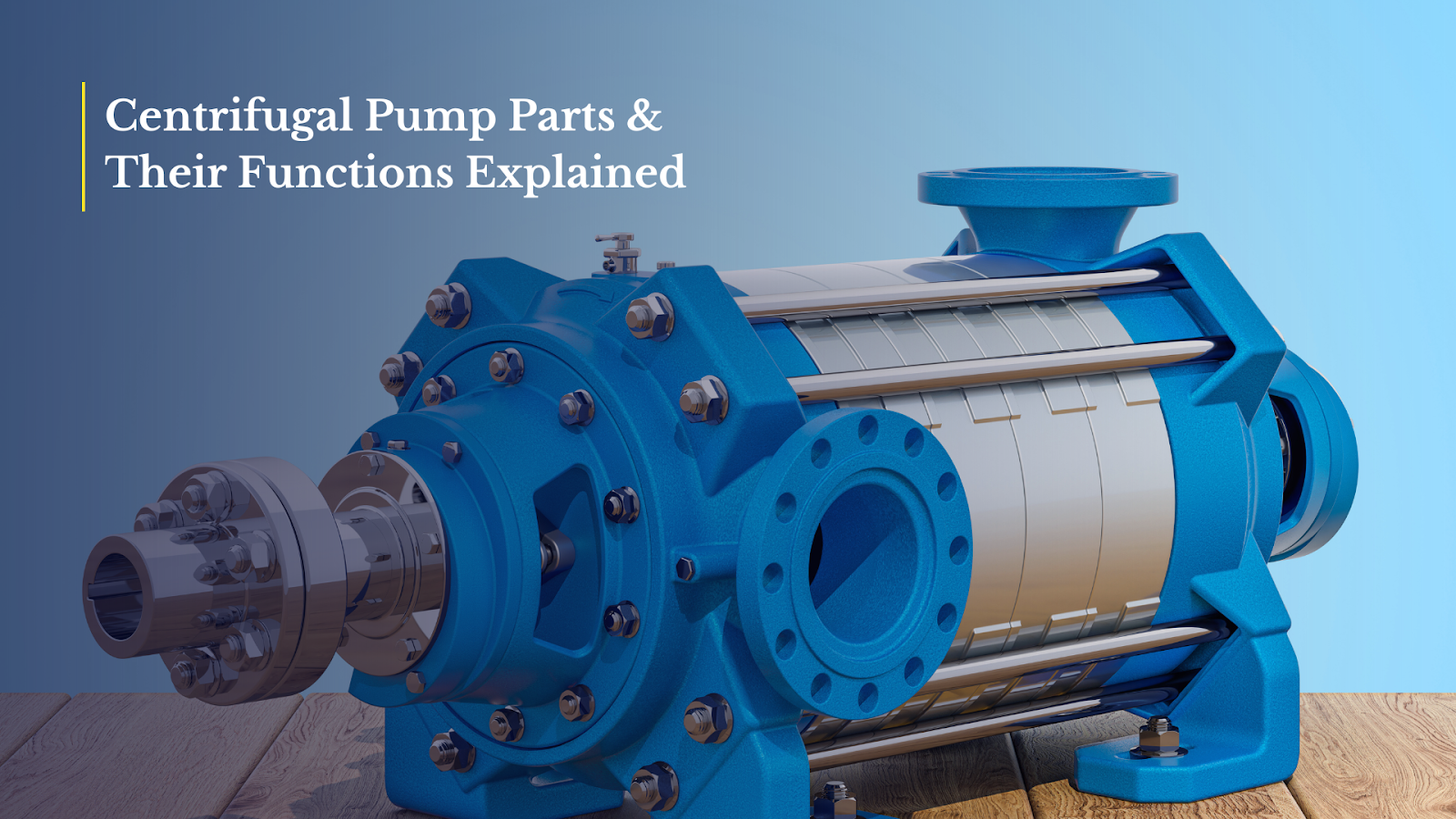
Centrifugal Pump Parts and Their Functions Explained
Ready to Upgrade Your Process Operations?